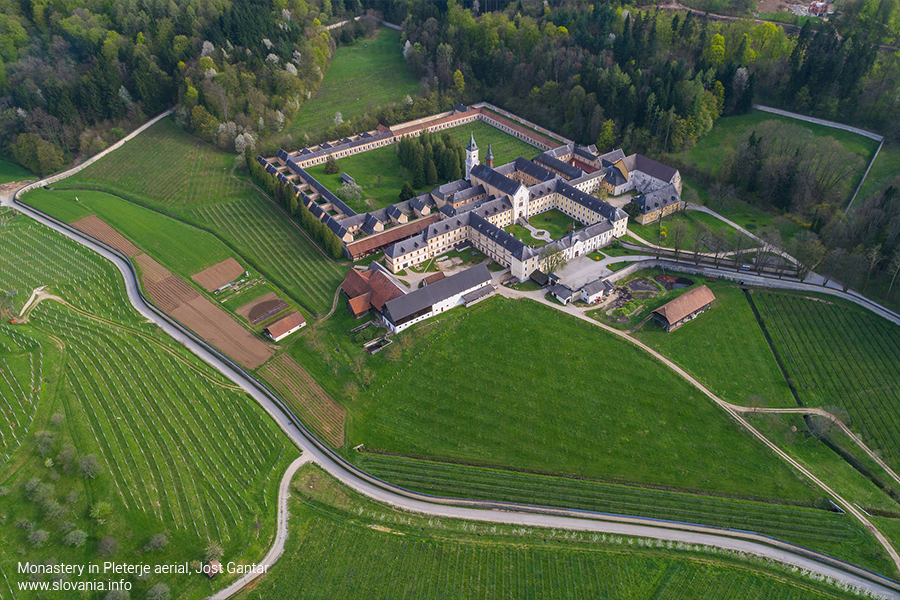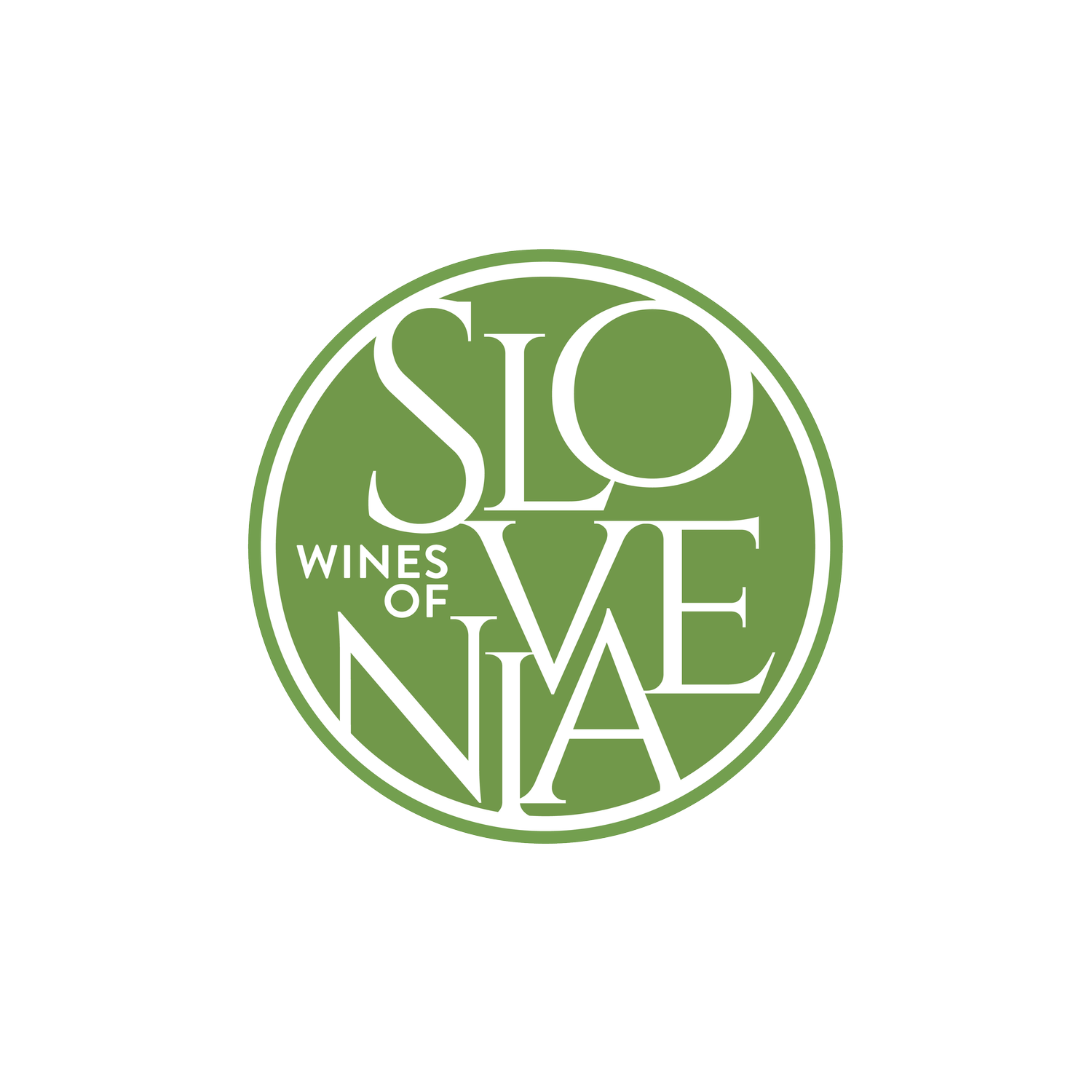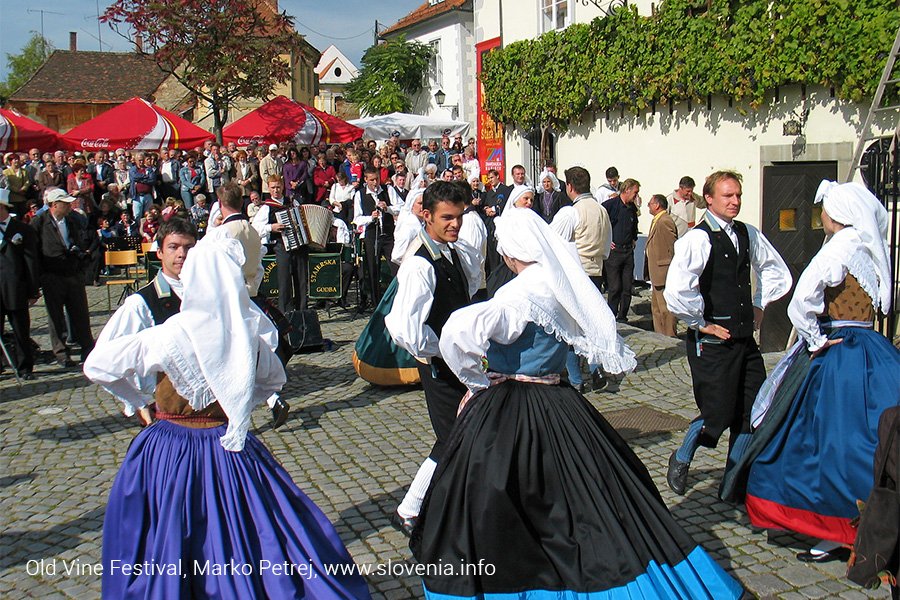
SLOVENIA WINEMAKING
HISTORY
A RICH TRADITION
Slovenia boasts a rich tradition of winemaking that predates two millennia, according to archaeological discoveries in the Štajerska wine region. These findings provide evidence that even the Kelts, a Germanic tribe, were engaged in winemaking during the 4th and 3rd centuries BC. However, it was the Romans who significantly advanced and expanded wine production throughout the region, establishing a foundation for the continued cultivation and production of wine in the areas that remain key Slovenian wine regions to this day.
During the period between 1000 and 1500 AD, the church, particularly monasteries, played a pivotal role in the development of Slovenian wine production. The first Benedictine monastery was founded in 1090, and it was followed by the establishment of Cisterian monasteries in Stična in 1132. In 1230, the Franciscans set up a monastery in city of Ptuj, and in 1407, another monastery was founded in Pleterje, where the tradition of wine production is still being upheld by the monks to these days. In the end of 16th century, the Old Vine was planted in Maribor, Slovenia's second-largest city, and it holds the prestigious title of being the officially recognized oldest vine in the world.
In 1822, Archduke John of Austria introduced a selection of high-quality foreign grape varieties at Meranovo, located in close proximity to the city of Maribor. Among these introduced grape varieties were Chardonnay, Pinot Gris, Pinot Blanc, Pinot Noir, Riesling, and Traminer. This marked the first- introduction of these esteemed grape varieties to the region.
Phylloxera had a significant impact on Slovenia wine production, affecting the country much like it did many other European nations. This devastating pest was first observed in Slovenia in 1880. By the onset of the First World War, the infestation had wrought havoc, leading to the complete destruction of all the vineyards in the region.
www.slovenia.info
Toward the end of the 19th century, driven by challenging economic conditions for farmers, a wave of cooperatives was established in Slovenia. The initial wine cooperative was founded in Maribor in 1890, and it served as a precursor to the establishment of further cooperatives in the years to come. Subsequently, cooperative wineries were established in Vipava in 1894, Ormož in 1898, and Črnomelj in 1908. These winemaker cooperatives played a crucial role in supporting local agriculture and winemaking during a period of economic hardship.
Following the conclusion of the Second World War, Slovenia became a part of the Socialist Federal Republic of Yugoslavia, during which time regional state-owned cooperatives played a central role in the majority of wine production. The ownership of Slovenian vineyards was divided between state-owned and privately-owned plots, with private grape growers often selling their grapes to the cooperatives and themselves producing wine primarily for personal or family consumption. Although the prevailing focus was on quantity rather than quality during this period, there are still exceptional examples of aged or archive Slovenian wines that can be found in the cellars of these cooperatives, many of which continue to operate to this day.
Slovenia's emergence as an independent country in 1991 marked a significant turning point for its wine sector. This transition ushered in a renaissance of the industry, with a growing number of private producers opting to bottle their own wines. Over the years, there has been a noticeable and consistent uptick in both the quality of wine production and the broader wine culture in Slovenia. This evolution underscores the continuous improvement in Slovenia's wine sector, with a promising future on the horizon.
SLOVENIA’S OLD VINE
According to the Guinness Book of Records, the world's oldest wine-producing vine is thriving in the historic part of Maribor, Slovenia. This remarkable vine bore its first grapes at the turn of the 16th and 17th centuries, making it more than four centuries old. Throughout its long and storied history, the vine has endured various trials, including Turkish rebellions, at least five recorded fires, the era of Napoleon, and the bombings of the Second World War. Even the phylloxera that destroyed vineyards across Europe in the late 19th century failed to reach it, thanks to its deep-rooted resilience.
The Old Vine, known for its Žametovka grape variety, continues to yield between thirty-five and fifty-five kilograms of grapes annually, which are then utilized to produce and bottle wine for ceremonial and protocol purposes.
Beyond serving as a symbol of Maribor and Slovenia, the Old Vine has transcended its local significance to become an emblem of friendship and the global promotion of wine culture. Each year, cuttings from the Old Vine are bestowed upon chosen recipients, including twin towns and other institutions. To this day, authenticated grafts have been planted in over 228 locations across four continents, spanning 29 countries.
The Old Vine is a source of immense pride not only for Maribor and Slovenia but for the entire global wine community. The remarkable longevity and enduring symbolism of this living vine transcend borders, making it a cherished and iconic representation of the rich and enduring traditions of viticulture.




